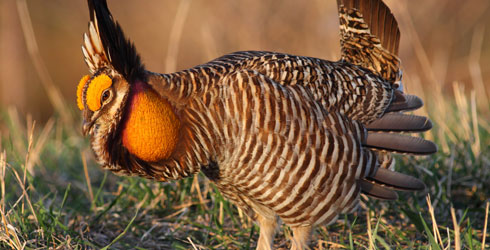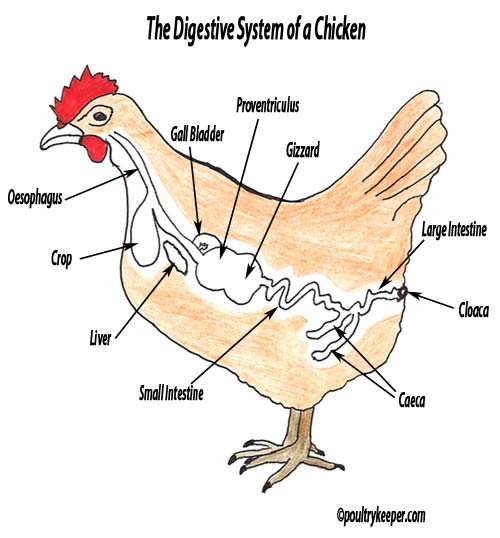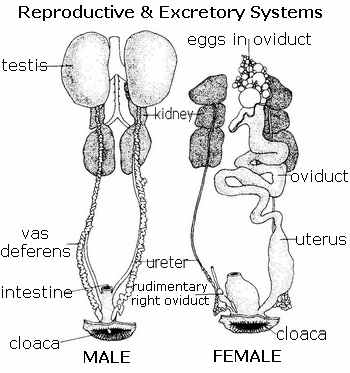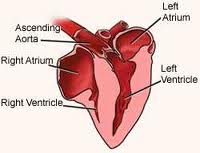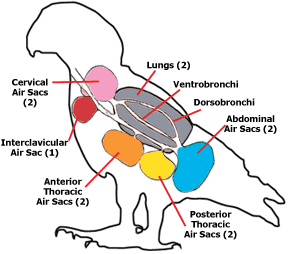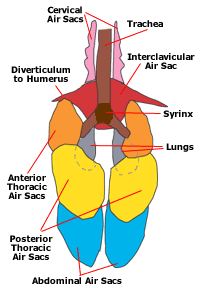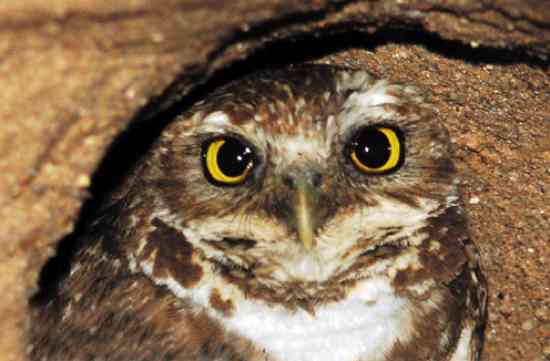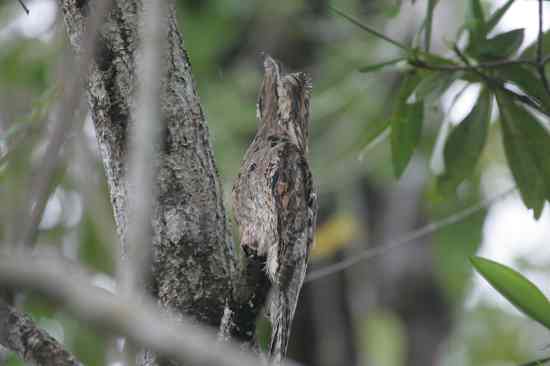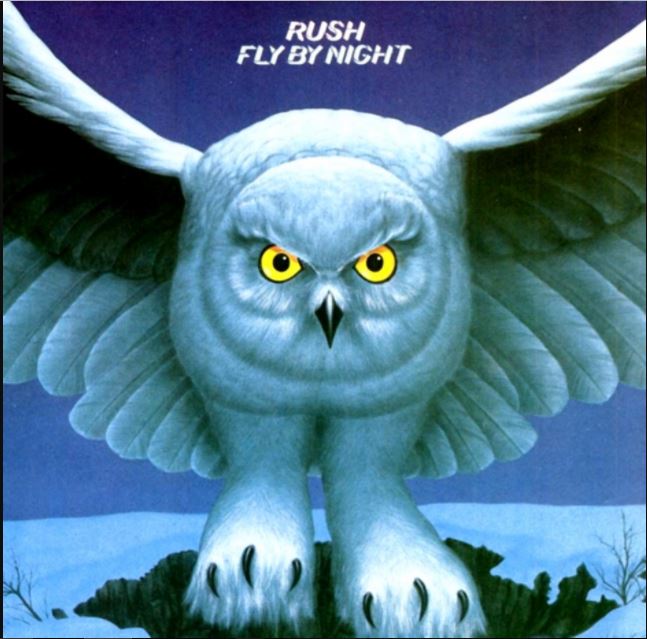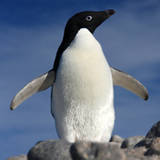|
Birds have been on Earth for millions of years. Most scientist and people think, and what most theories are pointing to, that birds evolved from bird-like dinosaurs. In the 1800's, in Germany, a fossil called Archaeopteryx was discovered. While it was a dinosaur, the fossil was more bird-like in structure, as it had bird-like feet, a wishbone, and feathers. This lead scientists to the conclusion that modern birds evolved from dinosaurs like Archaeopteryx.
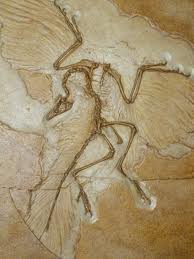 Birds have adapted themselves over millions of years to be able to fly. Hollow bones were adapted to make them lighter, and therefore more aerodynamic and faster. Another adaptation is the air sacs in there body that connect to their lungs. Since Birds need more power to fly, they need more oxygen, which is where the air sacs come in. 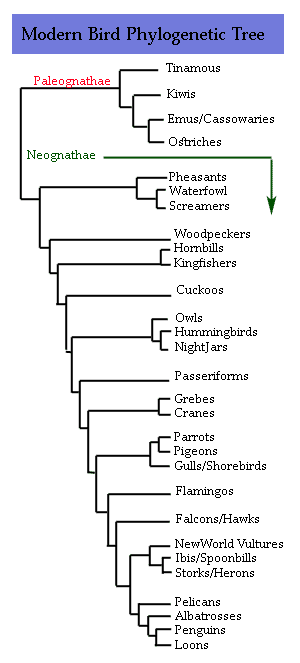
Here is a modern Phylogeny Tree for birds.
|
|
One of the most amazing things about birds, in my humble opinion, is how well they can adapt to their surroundings. And because of this, birds can be found on all 7 continents on Earth in any kind of biome.
Some Examples: In woodlands, you kind find owls, sparrows, falcons, eagles, and warblers. 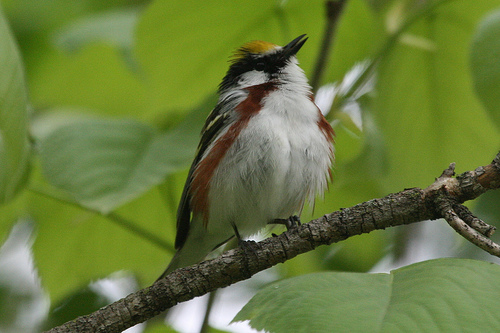
In wetlands, you can find all kinds of birds such as ducks, herons, storks, among many other water fowls.
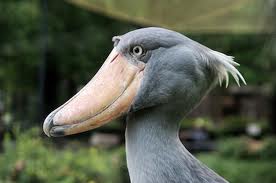
Grassland, Savannah, and Prairie birds include grouse, pheasants, Ostriches, and some other small birds.
A Prairie Chicken. Those are some REALLY strange eyebrows.
The desert is also a home to many birds like vultures, some quails, Roadrunners, and hawks.
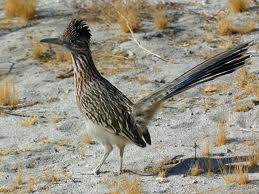
Seabirds include seagulls, pelicans, puffins, and terns.
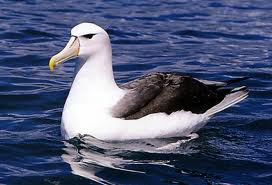 The tropics have a list of many bright and colorful birds like macaws, parrots, and toucans, just to name a few. 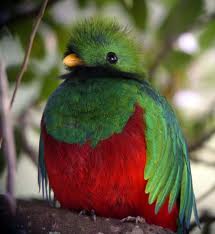
In the frozen tundra, arctic, and taiga, birds such as penguins, owls, and terns make their home here.
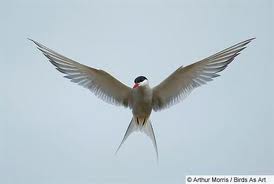 |
